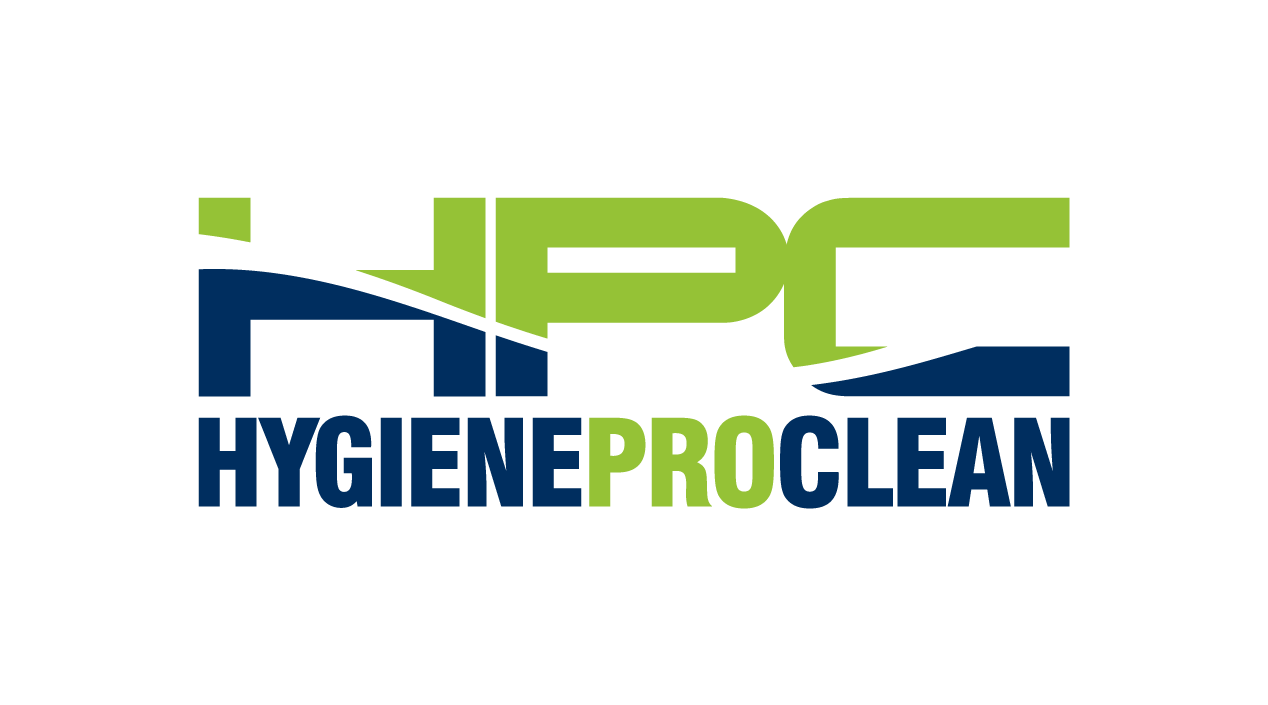Water Damage and Mould – What to do Next.
Statistically, your home is more likely to be flooded than burgled and a shocking 25% of flooding occurs in areas not formally recognised as flood prone. Water damage is a main cause of mould in the home; mould can be dangerous to humans and animals and needs to be eradicated as soon as possible.
Flooding caused by nature accounts for £333 million worth of damage in the U.K. each year. But it’s not just natural disasters that can cause water damage; burst pipes, faulty boilers and malfunctioning washing machines can all cause internal flooding and subsequent water damage. If your home or business is damaged by flooding of any kind, what do you do next?
Impact of Water Damage
The most important thing to remember is that flood water is often contaminated with sewerage, chemicals, and animal waste. When cleaning up, wear appropriate PPE like rubber gloves, a face mask and protective footwear.
It’s not just harmful chemicals, sewerage and animal waste that should be considered; flood water can contain a variety of microorganisms carrying bacteria and virus that can cause disease in humans and pets. Professor Joanne Cable is a specialist in infection biology at Cardiff University and told the BBC “The biggest threat is the parasites in the water, such as cryptosporidium, With most of these pathogens, they can be very unpleasant at the time, but the body can eventually fight them off. However, the main problems are for the young, the elderly and the weak. For those who are immune deficient, this sort of illnesses could be very serious." Wearing appropriate PPE minimises the risk of coming into contact with these harmful bugs.
If you can, remove standing water as soon as possible to begin the drying process. Depending on the level of flooding, fully drying your home or business may take weeks or months. Central heating can help the drying process and is most effective between 20 and 22 degrees centigrade. Keep the building well ventilated by opening windows and doors and if you can, use fans to increase the air circulation; a dehumidifier may be useful to remove the water from the air.
No matter how quickly you’re able to dry the environment, mould may have already begun to develop. The presence of mould indicates moisture has been on surfaces for a prolonged period (24 hours+). You may have cleared all visible standing water following a flood, but water may have slipped under skirting boards, into cracks or behind wallpaper; mould will begin to develop quickly in these water damaged areas. How can you prevent mould in a water damaged environment?
If you’ve unfortunately suffered a flood in your home or business, call Hygiene Pro Clean and our friendly team will visit your property to conduct a survey (for free with no obligation to book a treatment!). After the survey, we’ll give you a report on the water damage and recommend a mould treatment plan. We provide ATP (Adenosine Triphosphate Hygiene Monitoring Systems (ATP Swab Testing)) testing and we’ll run through the results with you and give you a summary and explanation of each test. If you’d like to go ahead with the treatment, our specialist team will get to work within 48 hours.
In most cases, you won’t have to vacate the building while our team work to eliminate mould and we’ll work availability around you to minimise disruption. After the treatment, we’ll test the affected area again to confirm that the mould has been successfully treated.
For more information or advice, call our specialist team on 0800 0248090.
